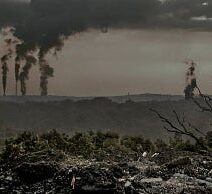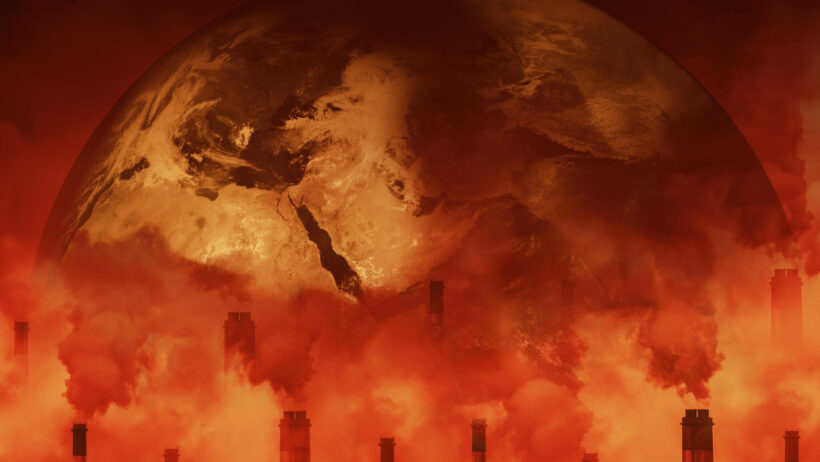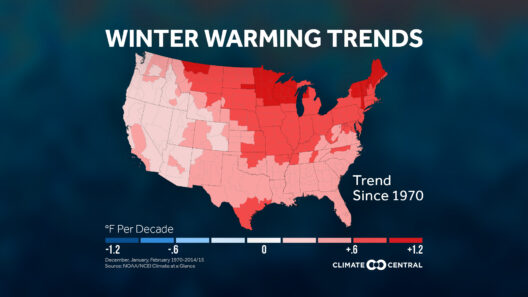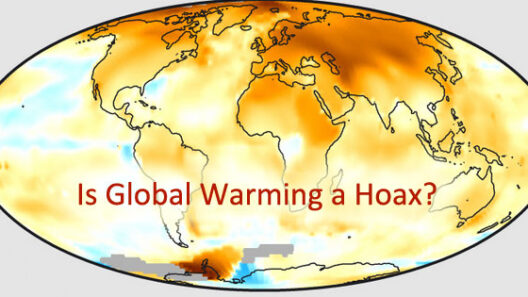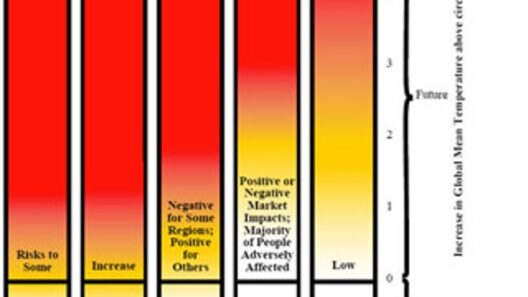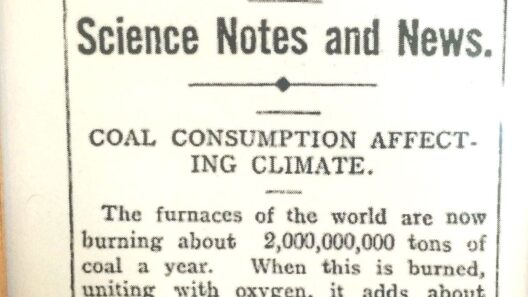Global warming has emerged as one of the defining challenges of our time, a pressing issue interwoven with ecological, economic, and social ramifications. At its core lies a complex interplay of greenhouse gases—compounds that trap heat within Earth’s atmosphere. This article delves into the various gases responsible for global warming, elucidating their sources and impacts while also addressing vital concerns surrounding climate change.
Understanding the role of greenhouse gases is paramount in grappling with climate change. Each gas contributes uniquely to the greenhouse effect, a natural phenomenon that keeps our planet warm enough to sustain life. However, human activities have exacerbated this effect, leading to severe environmental consequences.
Factors Contributing to Increased Greenhouse Gas Emissions
The onset of industrialization marked a significant turning point in the emission of greenhouse gases. Activities associated with manufacturing, transportation, and agriculture have amplified the concentrations of these gases in the atmosphere, often with alarming repercussions for our climate.
Carbon Dioxide: The Most Abundant Culprit
Among the greenhouse gases, carbon dioxide (CO2) stands tall as the most abundant and notorious. It originates primarily from the combustion of fossil fuels—coal, oil, and natural gas—used for electricity generation, heating, and transportation. Deforestation, another human-caused factor, exacerbates CO2 levels as trees that absorb this gas are removed. With industrial activities expanding rapidly in developing nations, carbon dioxide emissions continue to spiral, necessitating urgent attention and strategic interventions.
Methane: A Potent Threat in Smaller Quantities
Methane (CH4) is another formidable greenhouse gas, possessing a global warming potential that is approximately 25 times greater than that of CO2 over a 100-year period. Its primary sources include agricultural practices, particularly livestock digestion, and wetland decomposition. In addition, oil and natural gas extraction processes contribute significantly to methane emissions through leaks—an inconvenient truth that highlights the urgency of enforcing stringent regulations on energy production. Addressing methane emissions offers a unique opportunity for immediate climate impact, given its relatively short atmospheric lifespan compared to CO2.
Nitrous Oxide: Silent but Deadly
Enter nitrous oxide (N2O), another greenhouse gas that often flies under the radar yet has a warming potential nearly 298 times that of carbon dioxide over the same timeframe. Predominantly released from agricultural soils, its emissions generally occur due to the application of synthetic fertilizers. Improving agricultural practices is essential in curtailing nitrous oxide levels. By implementing methods such as precision farming and reducing fertilizer usage, we can significantly mitigate its contribution to global warming.
Fluorinated Gases: An Indirect Adversary
Fluorinated gases represent a category of synthetic compounds that are far more potent than the naturally occurring greenhouse gases. These include hydrofluorocarbons (HFCs), perfluorocarbons (PFCs), sulfur hexafluoride (SF6), and nitrogen trifluoride (NF3). While these gases are typically present in lower concentrations, their immense warming potential makes them a significant concern. HFCs, for instance, are widely used in refrigeration and air conditioning, prompting urgent calls for alternatives as global temperatures rise.
The Lifecycle of Greenhouse Gases
It is crucial to recognize that each greenhouse gas has a distinct atmospheric lifetime, with varied impacts on climate. Carbon dioxide lingers for centuries, while methane can remain for about a decade before degrading. This variance underscores the need for a multifaceted approach in addressing these gases. Immediate actions to reduce methane may quickly yield benefits, while reducing CO2 requires sustained efforts over the long term.
Health and Environmental Implications of Greenhouse Gas Emissions
The ramifications of greenhouse gas emissions extend deep into public health and ecosystem stability. Rising temperatures foster conditions ripe for vector-borne diseases, while extreme weather events such as hurricanes, droughts, and floods become more common and severe. These events not only threaten human life but also endanger biodiversity—one of the fundamental pillars of a balanced ecosystem. The interplay between greenhouse gases, climate change, and health outcomes calls for an integrated response strategy, bridging environmental and public health policymaking.
Tackling the Climate Crisis: A Pathway Forward
Addressing the greenhouse gas dilemma necessitates concerted efforts on multiple fronts. Innovative technologies hold promise, with advancements in carbon capture and storage (CCS) offering pathways to reducing emissions from fossil fuel sources. Furthermore, embracing renewable energy, such as solar and wind, can dramatically diminish our reliance on fossil fuels. Transitioning to a circular economy, which prioritizes resource efficiency and waste reduction, is equally vital. This holistic approach can build resilience against climate impacts while promoting sustainability.
Individual actions also play a crucial role. Choices regarding energy consumption, travel, and food can collectively minimize an individual’s carbon footprint. Promoting awareness and sustainable practices within communities can catalyze broader change, highlighting the interconnected nature of individual actions and global outcomes.
In Conclusion
The climate crisis exacerbated by greenhouse gas emissions presents one of the prevailing challenges of our era. Understanding the gases responsible for global warming is essential. Each gas—carbon dioxide, methane, nitrous oxide, and fluorinated compounds—plays a unique role in this urgent narrative. By implementing strategic policies, embracing technological innovations, and fostering individual responsibility, we can work collaboratively toward a sustainable future. The time for action is now, and it calls upon every one of us to contribute to the solution of this critical assembly of interlinked global challenges.


